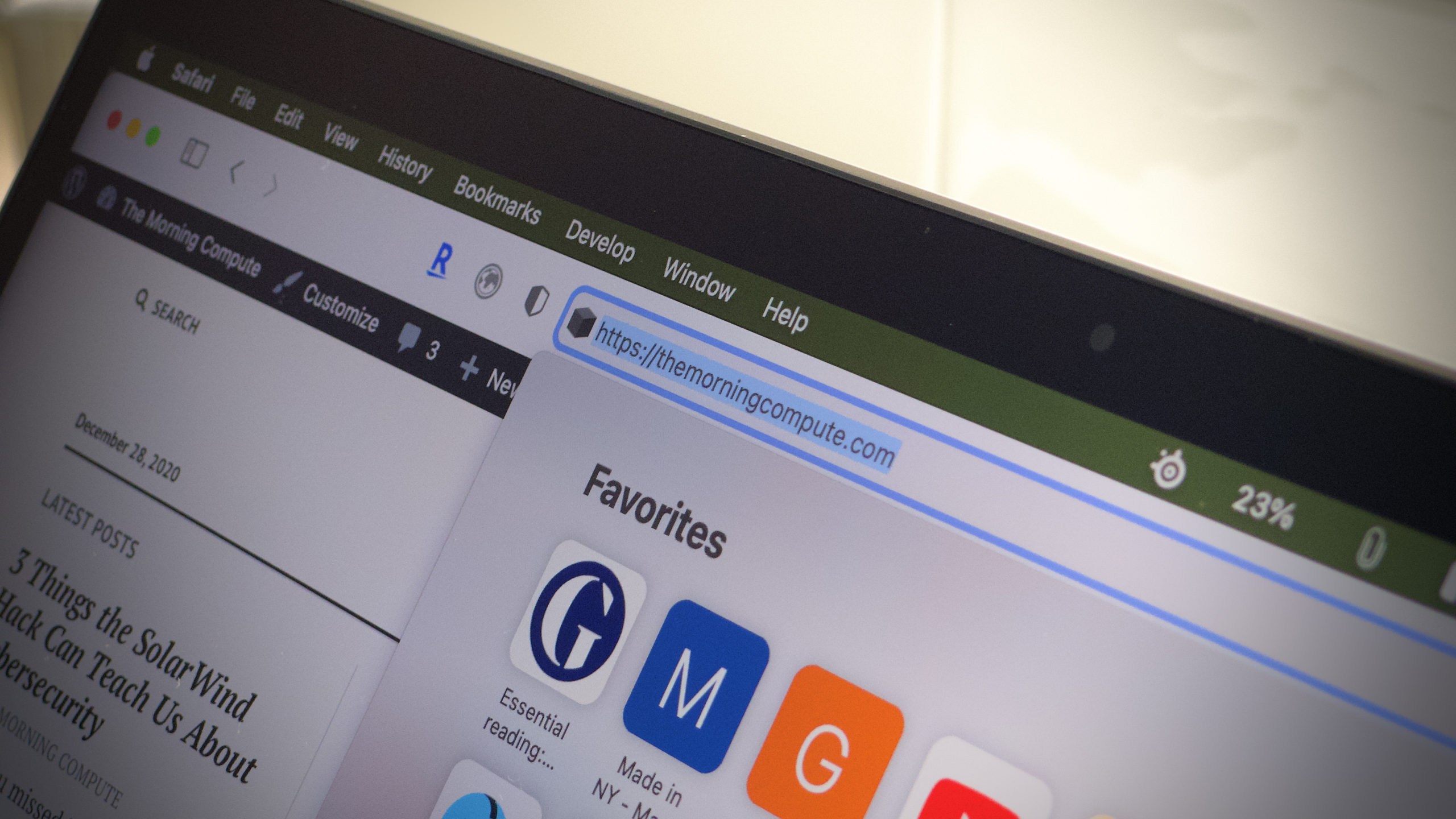We access websites everyday. But how often do you take a look at the actual website URL? As far as your security is concerned, it’s more important than you think.
If you look at this website’s name, you’ll see themorningcompute.com. Click or tap on that URL, however, and it’ll expand, revealing an “https” prefix before the site name. You’ll also see a padlock next to the URL. That’s the prefix and icon you want to see on any website you access, especially if you’re on a public Wi-Fi network.
But why? And why isn’t “http” good enough?
HTTPS, short for Hypertext Transfer Protocol Secure, is an extension of HTTP, short for Hypertext Transfer Protocol. Both HTTPS and HTTP are technologies designed to carry information across the internet, but HTTPS is encrypted. That adds an extra layer of security to your information, making it more difficult for hackers to see what you’re doing online.
Sites using HTTP aren’t encrypted, which leaves your internet traffic much more vulnerable to outside forces. But if a website doesn’t take it upon itself to encrypt with HTTPS, there’s still a way to visit it securely.
Consider using an extension like HTTPS Everywhere. This extension encrypts HTTP websites you visit with HTTPS — not only does this service make browsing your favorite websites more secure, it takes the pressure off you to police every URL you access.
HTTPS Everywhere is available as a desktop extension for Chrome, Firefox, Microsoft Edge, and Opera, and as a mobile extension for certain iOS and Android browsers.
Cover photo by The Morning Compute



